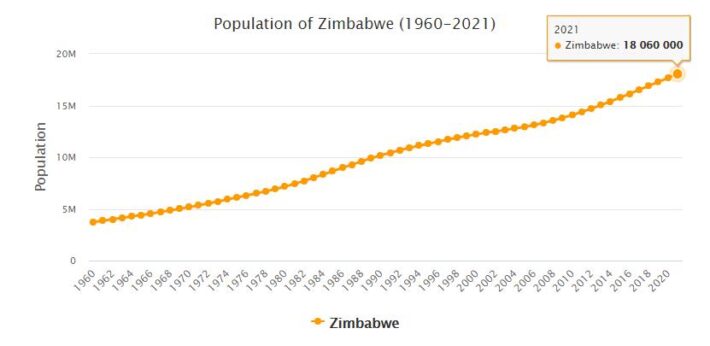Yearbook 2012
Zimbabwe. In February, the EU decided to continue the easing of sanctions against Zimbabwe initiated the year before. Now the entry ban to the EU for Zimbabwe’s Foreign Minister, Justice Minister and 49 other people was lifted, and restrictions on 20 companies were lifted. However, restrictions were maintained against President Robert Mugabe.
Later, during the year, the EU’s foreign ministers declared that the Union planned to lift most sanctions against Zimbabwe as the country held a credible referendum on a new constitution, a milestone on the road to democratic elections.
In March, six people were sentenced to fines and community service prosecuted for inciting violence with intent to overthrow President Mugabe. All denied and labeled the allegations as “pure stupidity”. They had been arrested a year earlier at a seminar on lessons from the Arab Spring. According to the prosecutor, they planned a similar revolt.
The division of power between President Mugabe’s ZANU-PF and Prime Minister Morgan Tsvangirai’s MDC continued to conflict. In April, political violence was reported, and MDC complained that the party’s meetings were repeatedly stopped.
- AbbreviationFinder.org: Provides most commonly used acronyms and abbreviations for Zimbabwe. Also includes location map, major cities, and country overview.
A crucial economic battle issue in the government was the law that forced foreign owners to transfer at least 51% of the shares in local companies to black Zimbabweans. Tsvangirai said the law scared away the investments that the country so desperately needed, while Mugabe’s law enforcement minister threatened companies with prosecution if they did not comply with the law.
A government statement in July that foreign-owned banks must give up the majority shareholding was condemned by Tsvangirai, who said the government neither discussed nor approved the announcement.
The 88-year-old Mugabe declared in September that a referendum on a new constitution would be held in November and parliamentary elections in March 2013. Tsvangirai’s MDC protested, claiming that the timetable was unrealistic to guarantee free and fair elections. Critics said that MDC wanted to postpone the election since Mugabe’s support increased during the year, while MDC was shaken by internal strife and corruption scandals.
Human rights activists said in October that the repression used in the 2008 violent election was about to be revived. Tsvangirai threatened to leave the unity government because his party members were subjected to violence. Several of his followers were reported to have been jailed.
In December, the chairman of Parliament’s Constitutional Committee declared that a referendum on a new constitution could be held at the earliest in June 2013. The delay was, among other things, that public meetings that would discuss the constitutional proposal were postponed time after time after violent acts.
Crisis
In 2005, the government launched a clean-up operation in and around Harare, Operation Murambatsvina (Restoration Order), when around 700,000 people were displaced from their homes. The operation came in a situation where Zimbabwe was in a deep economic crisis, which was described by the then UN head of humanitarian operations, Jan Egeland, as a meltdown. The crisis led to a sharp rise in unemployment (estimated at 95 percent in 2009), and between one-fourth and one-third of the population escaped to neighboring countries. Large parts of the economy, including important agriculture, stalled and Zimbabwe experienced hyper inflation which, according to official figures, was 231 million percent in July 2008; unofficially far higher. A parallel economy with the use of foreign currency emerged; in April 2009, the country’s own currency was taken out of use. A banknote of 1 000 000 000 Zimbabwean dollars was then issued.
Population 2012
According to countryaah, the population of Zimbabwe in 2012 was 13,814,518, ranking number 73 in the world. The population growth rate was 1.700% yearly, and the population density was 35.7106 people per km2.
